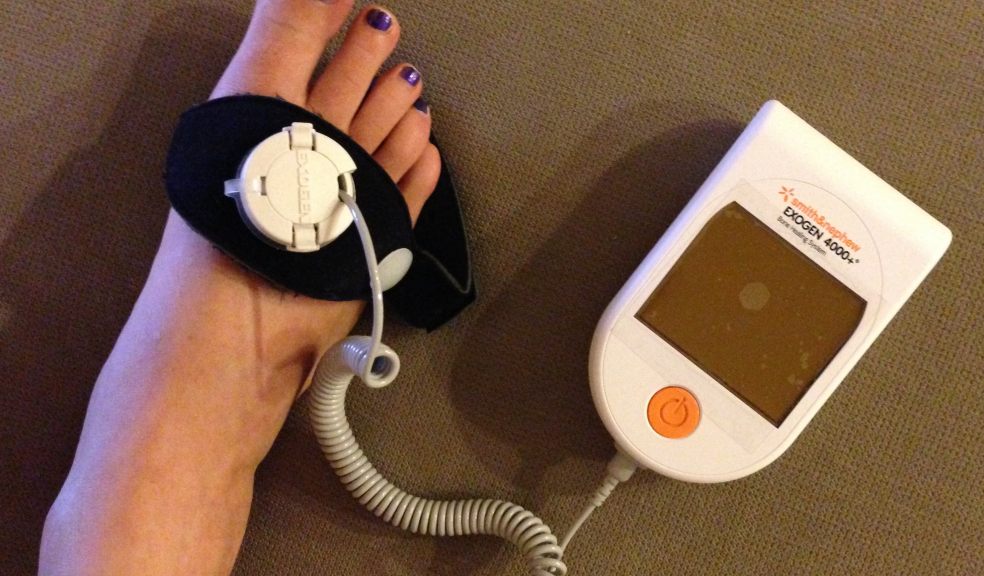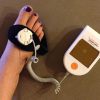
NICE guidance supports new device for healing bones
NICE has today (9th January), published new medical technology guidance supporting the use of a device to heal fractured bones.
The NICE guidance advises that the EXOGEN ultrasound bone healing system benefits patients and the NHS when used for treating long bone fractures with non-union (bone fractures that have failed to heal after 9 months). However, the case for adopting EXOGEN routinely for long bone fractures with delayed healing, that is, fractures which do not show radiological evidence of healing after 3 months, wasn't supported because of uncertainties in the evidence.
EXOGEN delivers low-intensity pulsed ultrasound waves that aim to promote bone healing through stimulating the production of growth factors and proteins which increase the removal of old bone, and increase the production of new bone. Long bone fractures are suitable for treatment if the fracture is stable and well-aligned. Ultrasound waves are delivered straight to the fracture site via a small transducer which is secured by a strap. For patients wearing a cast, a hole is cut to allow the transducer to make contact with the skin at the fracture site. The device is programmed to deliver ultrasound in 20-minute sessions which the patient administers themselves each day at home.
Treating non-union fractures using EXOGEN shows high rates of fracture healing, with an estimated cost saving of £1164 per patient compared with current management. The saving is achieved through avoidance of surgical treatment. For delayed healing fractures, there is some radiological evidence of improved healing but there is too much uncertainty about the rate at which healing progresses between 3 and 9 months after fracture and about whether or not surgery would otherwise be necessary. These uncertainties make modelling the cost consequences of using EXOGEN in this scenario complex.
Professor Carole Longson, Director of the NICE Centre for Health Technology Evaluation, said: "We are pleased to publish final medical technology guidance which supports the use of EXOGEN for treating long bone fractures which have not healed after 9 months. NICE's independent Medical Technologies Advisory Committee (MTAC) considered that there was evidence to show that using the device in this situation resulted in high rates of fracture healing. Using EXOGEN for treating long bone fractures which have not healed after 9 months is estimated to potentially save the NHS £1164 per patient compared with standard management, as surgery would be avoided. The device is also more convenient for patients as it's intended to be used in the patient's home.
"Whilst there is some evidence that EXOGEN can improve healing in fractures which have not healed after 3 months, there are uncertainties about the rate at which this healing progresses and whether or not surgery would be required. Because of these uncertainties, the modelling of the cost consequences was complex, and the case for the NHS routinely adopting EXOGEN for fractures which had not healed after just three months could not be supported.
"We hope that this guidance will be useful for NHS staff providing treatment for people with long bone fractures that have failed to heal after 9 months."
The guidance for EXOGEN is available at http://www.nice.org.uk/mtg12 .














